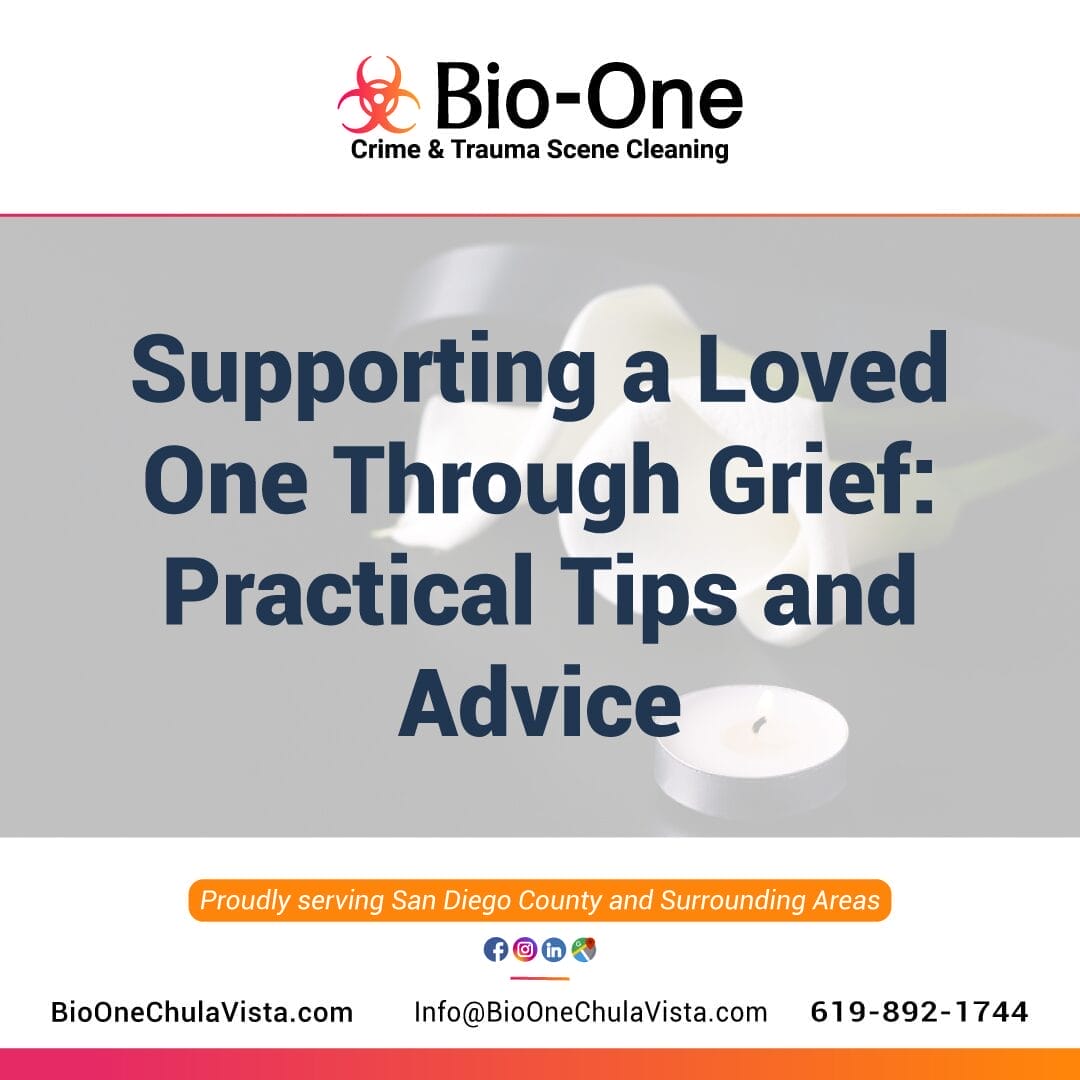
Dealing with the loss of a loved one is an experience that is not only profoundly personal but also deeply universal. Grief, the complex emotion we all face at some point, can be overwhelming, isolating, and utterly soul-crushing. So what can you do if someone you love is grappling with this intense emotional journey? How can you be a pillar of support? Here are a handful of strategies and heartfelt gestures on how to deal with grief to help you aid a friend or family member who is mourning.
First and foremost, it's vital to understand that grief is a journey. It is personal, and there is no linear path or timetable through the process. Each individual grieves uniquely, so your support should be sensitive to this. Some individuals might want to talk about their loss extensively, while others may find comfort in quieter forms of support. Respect their process and be there for them in the ways they need, not necessarily the ways you think they need.
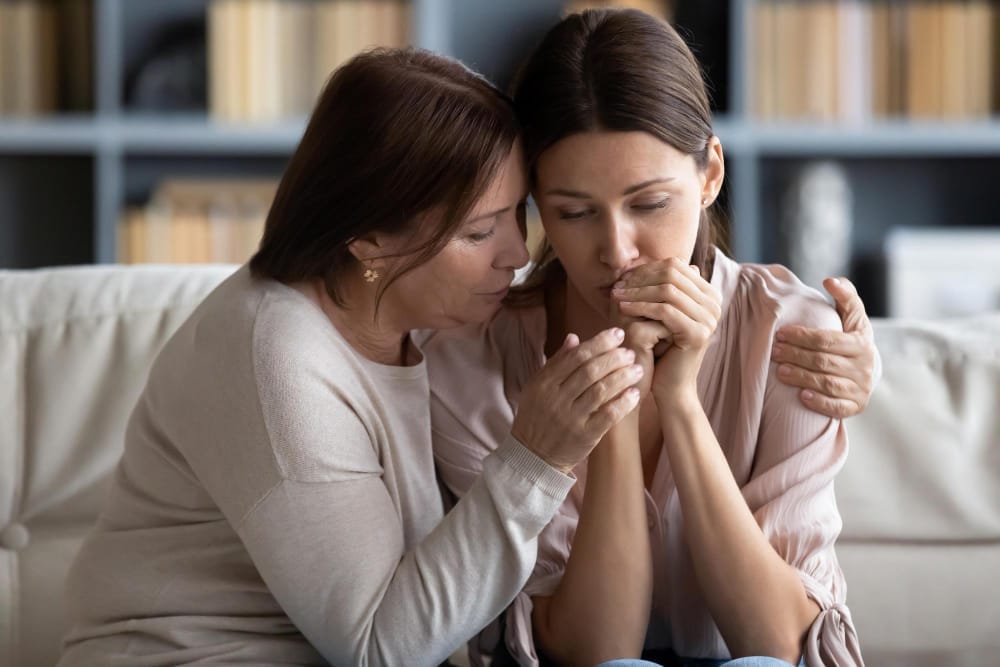
One of the most powerful ways to support someone in grief is to simply listen. Create a space where they can express their emotions freely without any pressure to explain or justify themselves. Allow them to voice their memories and feelings, even if they seem intense or contradictory. Grieving people are often navigating a rollercoaster of emotions, and having someone who can be there to hear them without judgment is invaluable.
Sometimes, helping with practicalities can be a significant way to show your support. Preparing meals, running errands, or aiding with funeral arrangements can alleviate some of the burdens that can compound their emotional distress. Practical support might also include handling some of the responsibilities they might not be in the right mental space to deal with, like paperwork or contacting people for them.
Take a look at these practical tips on how to deal with grief and loss after a traumatic event, by our friends at Bio-One of Oceanside: Grief and Loss - Coping with Death after a Traumatic Event

From sending a thoughtful card to offering a shoulder massage, small acts can convey the warmth and comfort that words may not be able to capture. Sending flowers, sharing a favorite meal, or leaving a kind note can remind your loved ones that you're thinking of them and, more importantly, that they are not alone in their grief.
"Memory is a way of holding on to the things you love, the things you are, the things you never want to lose." -from The Wonder Years.
Engaging in conversations that evoke joy and positive recollections of the one who has passed allows for a celebration of life that can be incredibly healing. Share anecdotes, look at photographs, or participate in memorial activities together. By doing so, you honor their life and the place they held in your heart.
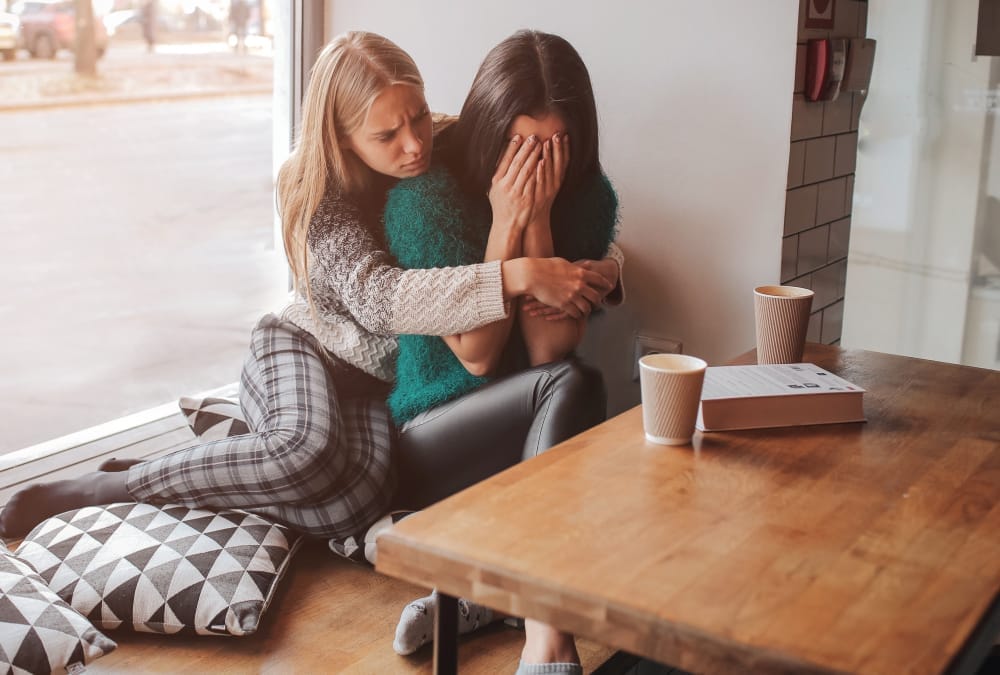
Emotions can be unpredictable during times of grieving. Your loved one may decline invitations to socialize or change their mind about aspects related to the loss. It's crucial to be patient and flexible. They may need to cancel plans last minute or have times when they want to be alone. As a supportive figure, you need to adapt your expectations and demonstrate understanding without making them feel guilty.
For some, not knowing how to deal with grief may result in prolonged and intense feelings that could benefit from the expertise of a counselor or therapist. Encouraging your loved one to seek professional help is not a sign of weakness; rather, it's a way to ensure they have the tools and support to navigate their emotions healthily.
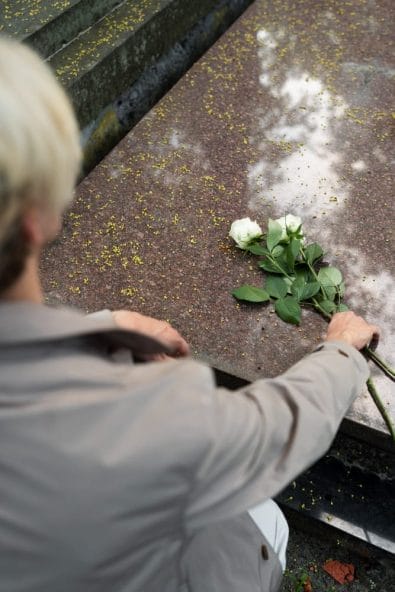
Grief does not end with the funeral or with time. It's a part of a person's life now and may resurface on significant dates or events. Stay committed to offering long-term support by checking in on them, especially on those difficult days. A simple phone call or text can mean the world to someone experiencing grief and can be a powerful reminder that they have a network of support available to them.
Finally, remember that being a source of support for someone in grief can also take a toll on you. Ensure that you are taking care of your own mental and emotional health. Reach out to friends, family, or a professional if you find that the weight of the situation is affecting you. If you're ok, you can continue to be a strong and unwavering support for your loved one.
At Bio-One of Chula Vista, we understand the profound impact grief can have on an individual's life, which is why we've curated a comprehensive list of resources on our website for those grappling with the overpowering emotions of grief and loss. These resources include local support groups, information on grief counseling services, and organizations that provide strategies for coping with bereavement.
We strive to make this journey less overwhelming by promoting services designed to offer comfort through these trying times.

When faced with the challenge of helping a loved one who hoards to transition to a new living environment, the task can seem more daunting than many others. Hoarding is a complex behavior rooted in various psychological factors, and its effects on the individual and their family can be significant. As we strive to approach hoarding with empathy and pragmatism, it is possible to create a supportive environment for change. Here are our expert tips to help a hoarder move and relocate safely.
Before delving into the logistics, understanding what hoarding is and the reasons behind why an individual might hoard is essential. It's not merely about accumulating clutter; hoarding is a mental health disorder characterized by persistent difficulty discarding possessions due to a perceived need to save them. This condition leads to an accumulation of possessions that can become so severe, that it obstructs the functionality of living areas of the home.
We covered it all in our blog: What are the Signs of Hoarder Behavior & How Can You Help?

Approaching a person who hoards with empathy and respect is crucial. Understand that the items they keep have deep personal significance, and it's not a situation where "cleaning up" is the solution. Engage in open, non-confrontational conversations to discuss the need for change and transition. Caregivers and family members are often perceived as a directive to help in the decluttering and relocation process.
Create a well-organized plan to address all the aspects of the move. Start by identifying the new living space, envisioning how it will be used, and setting specific goals for the move. This might include downsizing belongings, finding professional help, and arranging for any physical or mental health support services the individual may need.
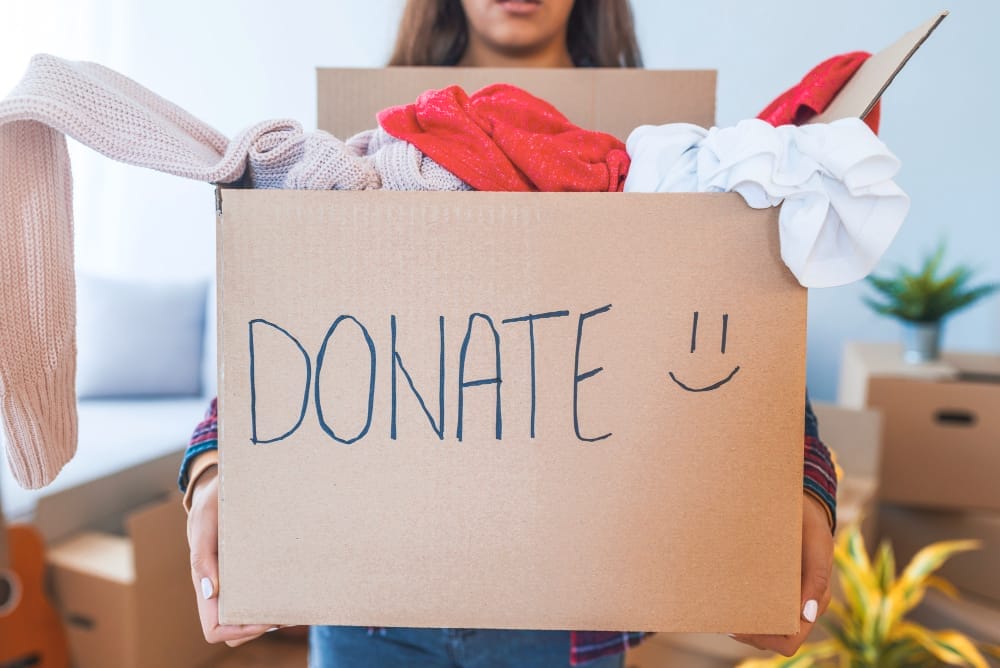
The process of downsizing a hoarder's possessions can be emotionally charged. Implement strategies to help make decisions on what to keep, donate, or discard. Categorizing items by value or use can provide a system, but it's important to allow the individual to lead as much as possible in this process.
Take a look at this guiding blog post by our friends at Bio-One of Pittsburgh: How to Help a Hoarder Downsize Their Home with Compassion!
Moving is already a complex undertaking and doing so while assisting a hoarder involves additional layers of coordination. Seek out mental health professionals who specialize in hoarding disorders. Additionally, consider organizations that can offer support services and can deal with sensitive hoarding situations.
You may be interested in this article by Bio-One of Poway on Tips for Helping a Loved One Dealing With Hoarding Disorder.
Ensure all legal and financial aspects are in order. This means sorting through paperwork, paying off overdue bills, and preparing documents for the new living arrangement. Legal aid and financial advisors can help navigate complex situations and protect the hoarder's interests. Here's a checklist of the legal and financial aspects you should consider before settling on a new house:

Once the move is complete, focus on supporting the hoarder in their new environment. Help them establish routines and systems for maintaining a healthy living space. Encourage continued therapy and support groups that can help manage the underlying psychological issues.
Moving to a new house doesn't mean the end of the Hoarding Disorder, but it can be a fresh start and an opportunity for growth and positive change. With patience, compassion, and professional support, the outlook is positive!
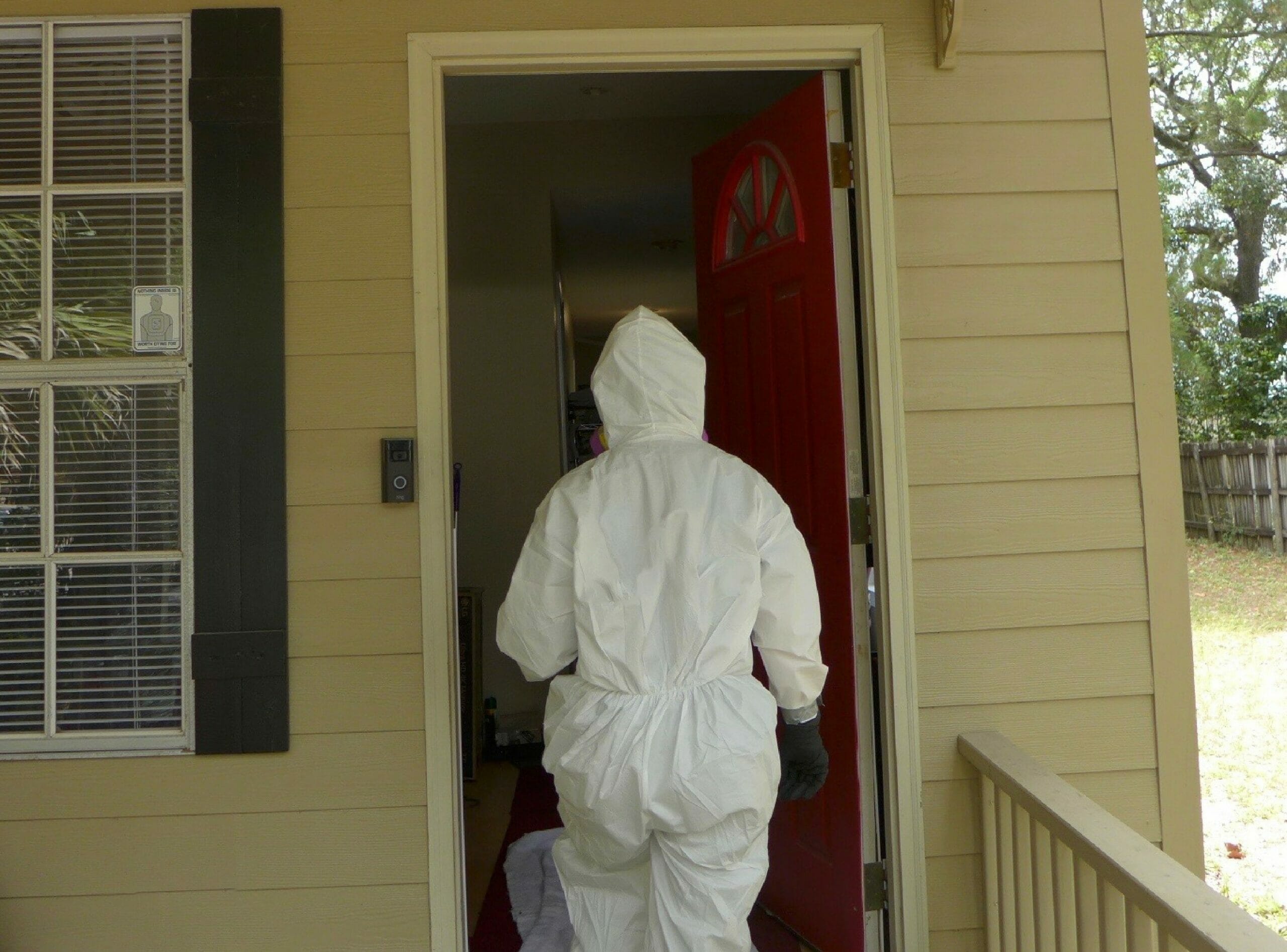
Moving forward after helping a hoarder relocate is also about recognizing the limits of personal expertise. In some cases, professional hoarding clean-up services may be necessary to ensure the safety and functionality of the living environment. Bio-One of Chula Vista has extensive experience in hoarding cleanup in San Diego County, CA, and can offer the expertise and services needed to address the physical aspects of hoarding!

Fentanyl, a synthetic opioid pain reliever, has been responsible for countless overdose deaths in recent years. In fact, fentanyl is up to 50 times more potent than heroin and up to 100 times more potent than morphine, meaning even small amounts of the drug can be lethal. Not only is fentanyl dangerous to those who deliberately use it, but it can also pose a significant risk to those who inadvertently come into contact with it. In this blog post, we'll discuss the dangers of fentanyl exposure and cleanup, and provide important information on what you can do if you come into contact with the drug.
Fentanyl is a potent drug that can cause serious harm with even the slightest exposure. The symptoms of fentanyl exposure vary depending on the amount, duration, and method of exposure but common symptoms to watch out for include:
If you experience any of these symptoms, seek immediate medical attention as fentanyl exposure can be life-threatening.

Fentanyl can enter the body through various routes including inhalation, ingestion, and skin contact. Inhalation of fentanyl can occur when the drug is crushed or disturbed, releasing particles into the air. Ingestion can happen if you touch your mouth or nose after coming into contact with the drug. Skin absorption can also occur, particularly if there are cuts or abrasions on the skin.
In the case of an accidental overdose or exposure, it’s essential to call 911 right away. First responders may administer Naloxone, a medication that can quickly reverse an opioid overdose, and transport the individual to the hospital. It’s crucial to remember that fentanyl is a potent drug and should never be handled carelessly. Therefore, avoid any contact with fentanyl powder or residue without appropriate protective gear.
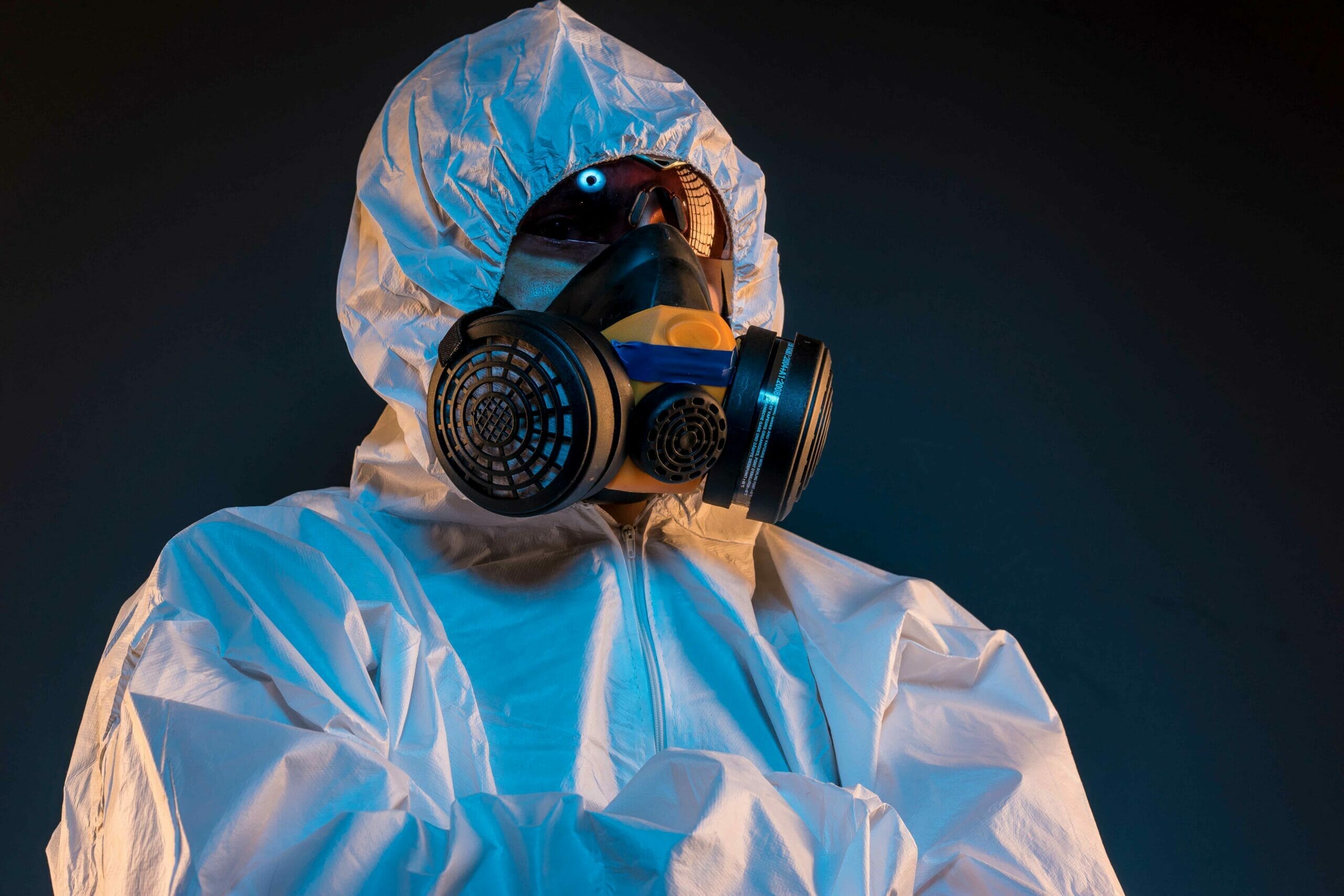
Contaminated environments like homes, vehicles, or business premises containing fentanyl residue can pose a significant health risk. Biohazard remediation companies like Bio-One of Chula Vista can safely and effectively decontaminate fentanyl-contaminated areas. Our professionals have the expertise and equipment, including protective gear, to ensure complete cleanup and eliminate the risk of fentanyl exposure.
Prevention is always the best course of action when it comes to fentanyl exposure. If you are prescribed fentanyl for medical reasons, it’s important to follow the instructions from your healthcare provider and use it exactly as prescribed. If you encounter fentanyl in the workplace or on the street, avoid contact, and report it to the appropriate authorities. Educate yourself and others about the risks associated with fentanyl to further prevent accidental encounters.
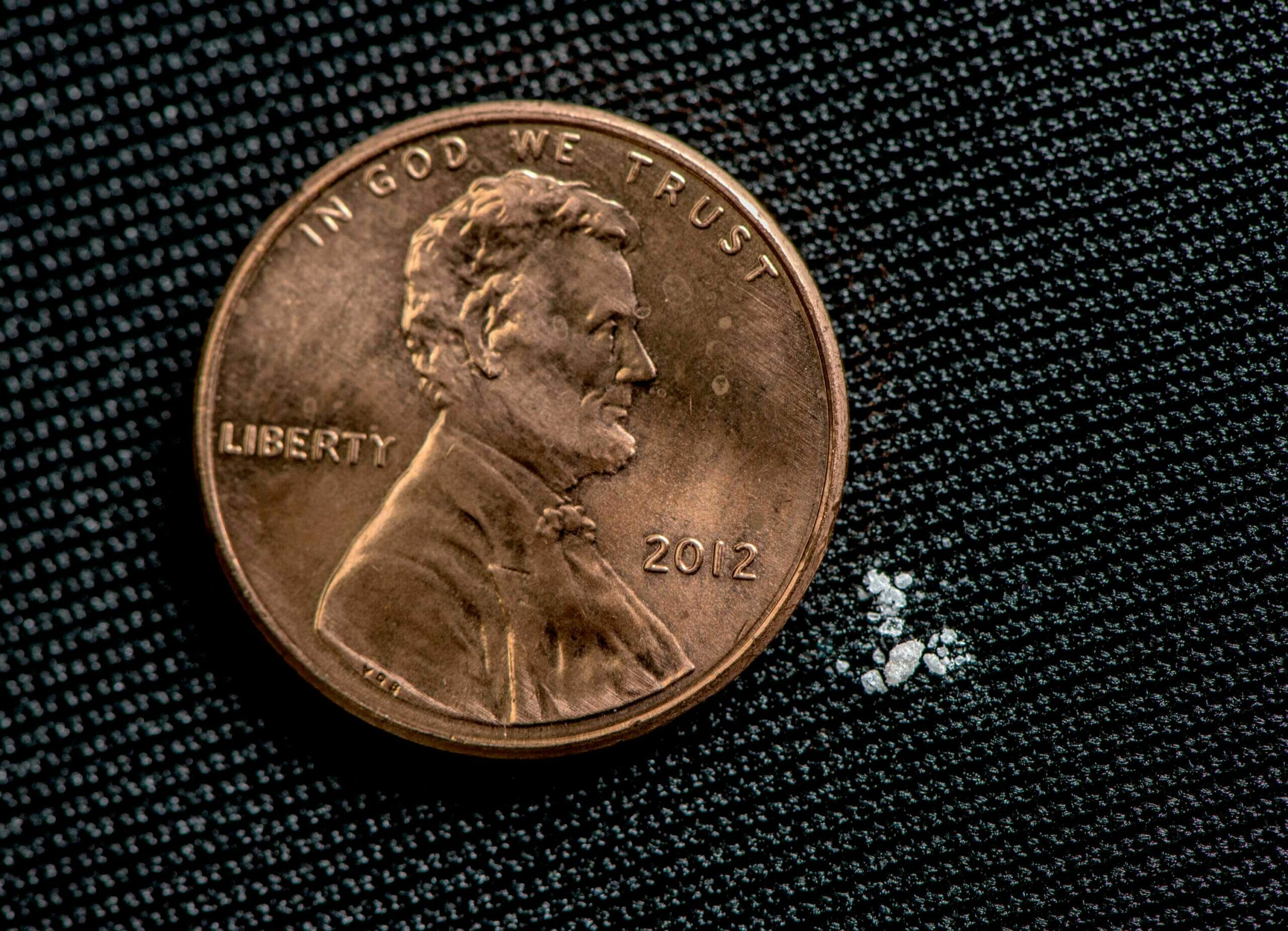
Although accidents can happen to anyone, we can take necessary measures to prevent fentanyl exposure and know what to do if it happens. Whether it’s seeking medical attention, hiring a professional biohazard remediation service, or simply taking precautions in our daily lives, there are many ways to stay prepared. If you're dealing with a fentanyl-contaminated environment, our team at Bio-One of Chula Vista is ready to help!

The battle with hoarding is not something that should be taken lightly. Individuals who suffer from this disorder often feel like they are alone in their fight, but the truth is that there are many people out there who understand and can offer support. Hoarding support groups provide a safe and understanding space for individuals to connect with others who are going through similar challenges. In this blog post, we'll explore the power of these groups and ways to connect with them.
Hoarding support groups are made up of people who have HD or who have loved ones who struggle with the condition. These groups can provide a wealth of information and resources, including tips for decluttering and organizing, strategies for managing anxiety and stress, and advice on how to cope with the emotional toll of Hoarding Disorder.
Hoarding is not just about clutter and disorganization. It's a mental health disorder that can have serious consequences if left untreated. Support groups play a crucial role in the recovery process by providing a sense of community, understanding, and hope for individuals who struggle with hoarding. Here are some reasons why hoarding support groups are so important:

If you or a loved one are struggling with Hoarding Disorder, finding a support group can be incredibly beneficial. Here are some tips for finding a group that works for you:
It may take some time to find a group that feels like the right fit but don't give up. The support and understanding of others can be incredibly helpful.

If you are interested in connecting with hoarding support groups but are not sure where to start, the International OCD Foundation is a great place to start. They have a directory of groups and other resources that can be helpful for people who are struggling with hoarding. They also have a helpline that you can call if you need help or support.
Hoarding support groups can provide a lifeline for people affected by HD. By connecting with others who understand what you are going through, you’ll gain valuable insights to cope with this condition. Whether you connect with a local support group, an online community, or a mental health professional who specializes in treating HD, there are many resources available to help.
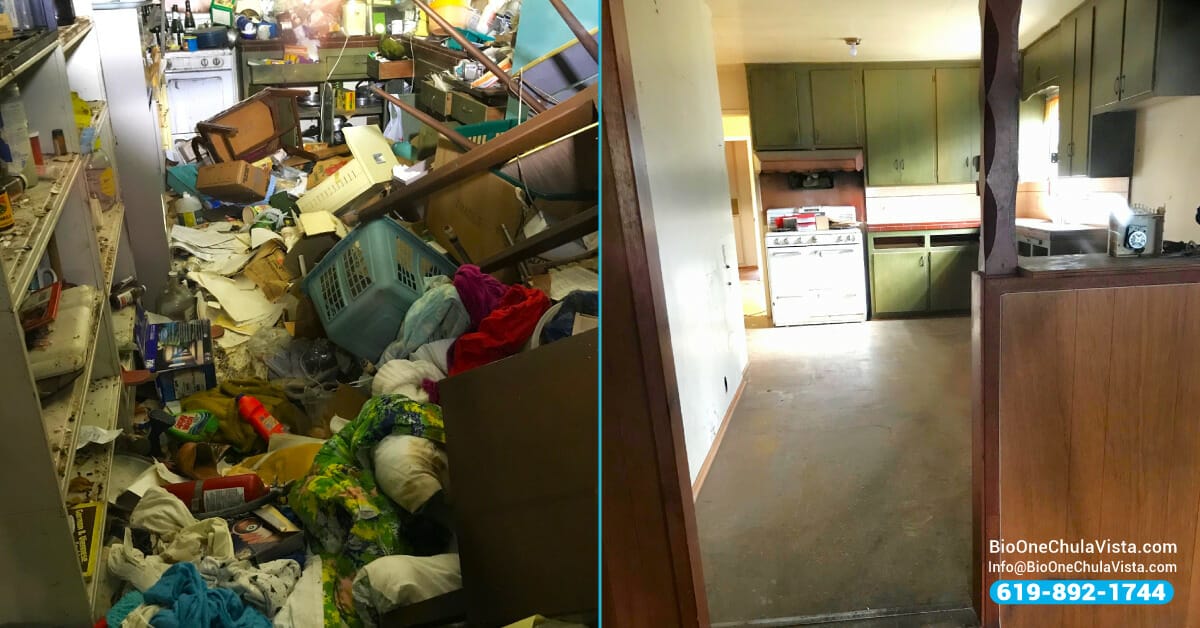
If you or a loved one is in need of hoarding cleanup services, Bio-One of Chula Vista can help.
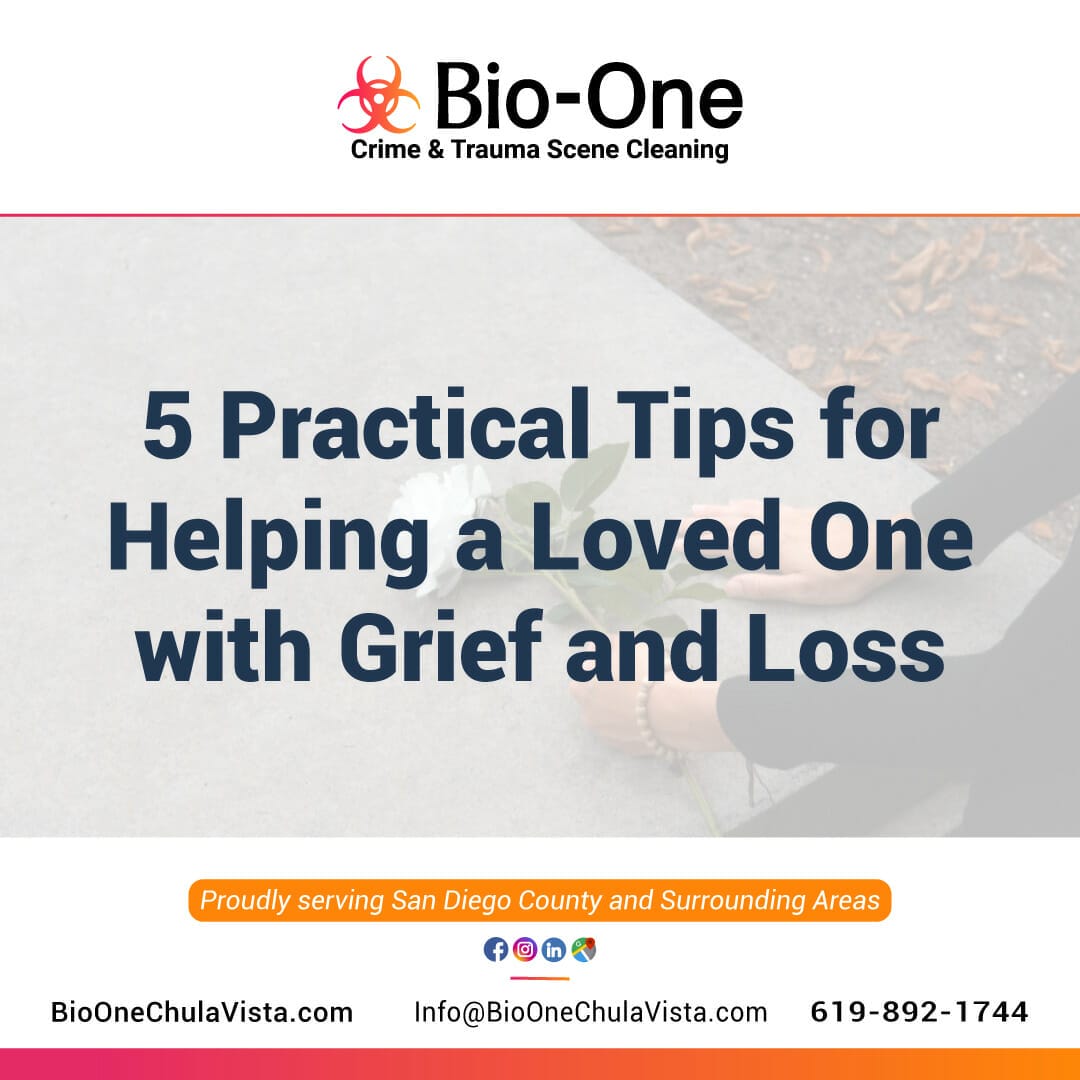
We all know how painful it is to lose a loved one. It is an inevitable part of life that we will all face at some point. However, when someone we care about is going through that painful experience, it can be difficult to know how to help. Grief and loss are very personal experiences, and it is essential to remember that there is no right way to go through them. However, there are some practical tips that can help those going through this challenging time. In this blog post, we'll discuss five practical tips for helping a loved one with grief and loss.
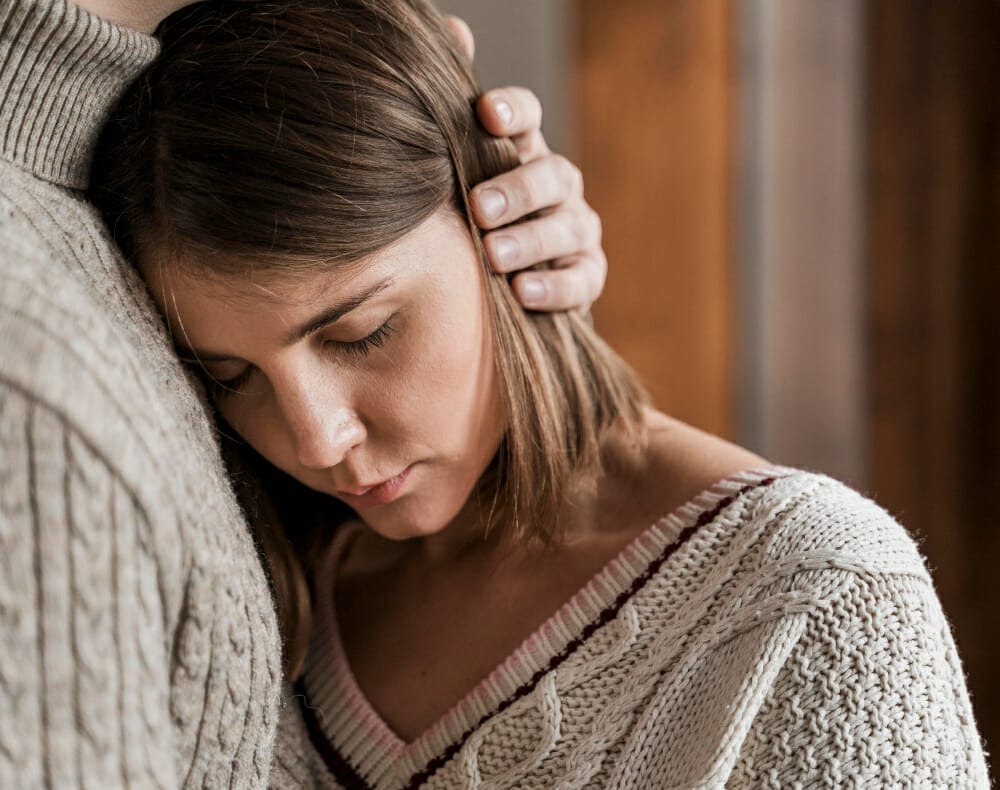
Listen to what your loved ones have to say, and let them talk without judgment or interruption. Being present means being available whenever they need to talk or share their feelings. Validate their emotions and let them know that it is okay to grieve. Sometimes, the best thing you can do is sit with them in silence and offer your support.
Grieving loved ones often find it challenging to deal with day-to-day tasks, so offering practical help can be a huge relief. For instance, you could offer to cook meals, handle errands, or provide transportation. Simple gestures like this can be a huge help and take a lot of burden off their shoulders as they return to their daily routines.

One of the most challenging aspects of grief and loss can be the feeling of isolation. Keep in touch with your loved one by calling, texting, or visiting them. Don't expect them to reach out to you; take the initiative and check in with them regularly.
Grieving can be emotionally and physically draining, so it is essential to encourage your loved ones to take care of themselves. Make sure they are eating well, getting enough rest, and engaging in activities that bring them joy. You could also suggest going for a walk or doing some gentle exercise together to help them release any pent-up emotions.
Sometimes, despite your best efforts, grief and loss can be complicated, and sometimes professional help may be required. Encourage your loved one to seek professional help and support, such as counseling or therapy. Let them know that it's okay to ask for help and that it's not a sign of weakness.
Grief and loss are personal experiences that can be challenging to navigate. However, by being present, offering practical help, keeping in touch, and encouraging professional help, you can help your loved one navigate through this trying time. Remember that everyone is different, and everyone grieves differently, so be patient and supportive.
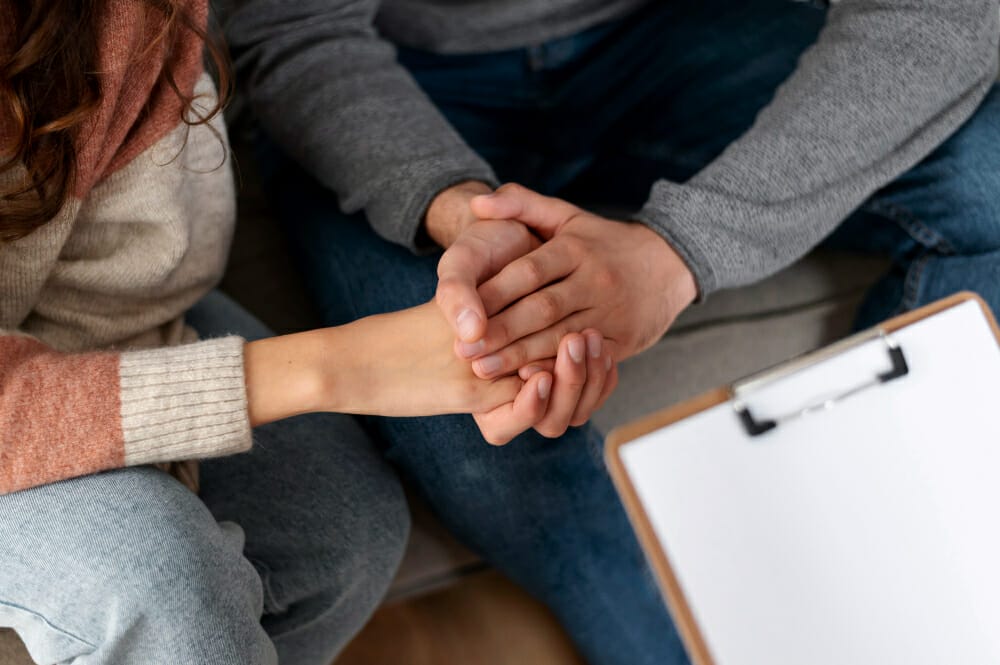
If you're struggling, Bio-One can connect you to a network of support and resources. Our team at Bio-One of Chula Vista understands the difficult and sensitive nature of grief and loss, and we are committed to supporting our community. Don't hesitate to reach out for help or assistance!

No matter how much you love your furry friend, dealing with the smell of cat pee in your home can be incredibly frustrating and unpleasant. The good news is that you can get rid of cat smell and make your home smell fresh and inviting! In this blog post, we’ll share some of the best tips for freshening up your home and saying goodbye to cat smell once and for all.

Clay litters are known for producing a lot of dust and can quickly become smelly. Consider switching to a natural or paper-based litter that is less likely to create dust. Make sure your cat’s litter box is the right size and placed in an area with adequate ventilation, like near a window or door.
Regularly brushing your cat can help reduce the amount of dander and hair in your home, which can contribute to cat smell. Additionally, if your cat has any accidents outside of their litter box, be sure to clean them up immediately and thoroughly.
Cats love to scratch and climb, so it’s important to regularly clean and deodorize any furniture they may have made their own. Use a pet-specific cleaner that will break down any lingering odor molecules, and vacuum or wash any fabric surfaces. If possible, consider investing in furniture covers to protect your furniture from any accidents or scratching.
Instead of using chemical-based air fresheners, consider making natural air fresheners at home. You can use essential oils to create a fresh and pleasant scent in your home. Fresh flowers or plants can also add a natural and inviting smell to your home. If you do use commercial air fresheners, make sure they are labeled pet-friendly.
Air purifiers can be a great way to keep your home smelling fresh, especially if you have several cats or if your cat’s litter box is in a small space. A good air purifier can help filter out any airborne particles that can contribute to cat smell, like dander and dust. Look for an air purifier with a HEPA filter, which can trap even the smallest airborne particles.

One of the most effective ways to get rid of cat smell is to clean your home regularly. This means sweeping and mopping floors, washing bed linens, and cleaning surfaces and furniture. Use a pet-specific cleaner that will break down any remaining odor molecules. Additionally, regularly deodorizing any areas where your cat spends a lot of time, like their litter box, can help keep your home smelling fresh.
If you’ve tried everything and are still struggling with the smell of cat pee, it may be time to bring in a professional. A professional odor removal service can help remove even the most stubborn smells from your home. They have the tools and expertise needed to fully eliminate any lingering odors and leave your home smelling clean and fresh.

Dealing with the smell of cat pee in your home can be a real challenge, but you don’t have to live with it forever. By following these tips and calling Bio-One if the situation feels out of control, you can say goodbye to cat smell once and for all!

Hoarding is not just about clutter and disorganization. Hoarding can have a severe impact on a person's quality of life. While there are no exact reasons for hoarding, research shows that it is often linked with stressful life events. In this blog post, we will explore the possible reasons for hoarding and the role of mental health professionals in diagnosing and treating this condition.

Often, a traumatic or stressful life event such as a divorce, the loss of a loved one, or financial problems triggers hoarding. The individual may perceive hoarding as a coping mechanism, providing a sense of control over their environment. For example, hoarding sentimental items like old photographs or clothing may provide comfort to a person experiencing grief.
As researchers have noted, hoarding is not simply a preference for material possessions. Hoarders may experience feelings of intense fear, shame, guilt, or loneliness, and tend to use hoarding as a coping mechanism to avoid these feelings. Hoarding can be especially problematic because they are typically unable to perceive the severity of the problem.

Mental health professionals usually begin with a comprehensive evaluation that includes a detailed assessment of the person's symptoms and their medical history.
Disclaimer: Please note that the information provided in this document is intended to spread awareness about Hoarding Disorder and to encourage individuals who may be struggling with this condition to seek professional help. We are not mental health professionals, and our content should not be used as a substitute for professional advice, diagnosis, or treatment. If you or someone you know is struggling with hoarding, we highly recommend reaching out to a mental health professional or a healthcare provider.
Bio-One of Chula Vista
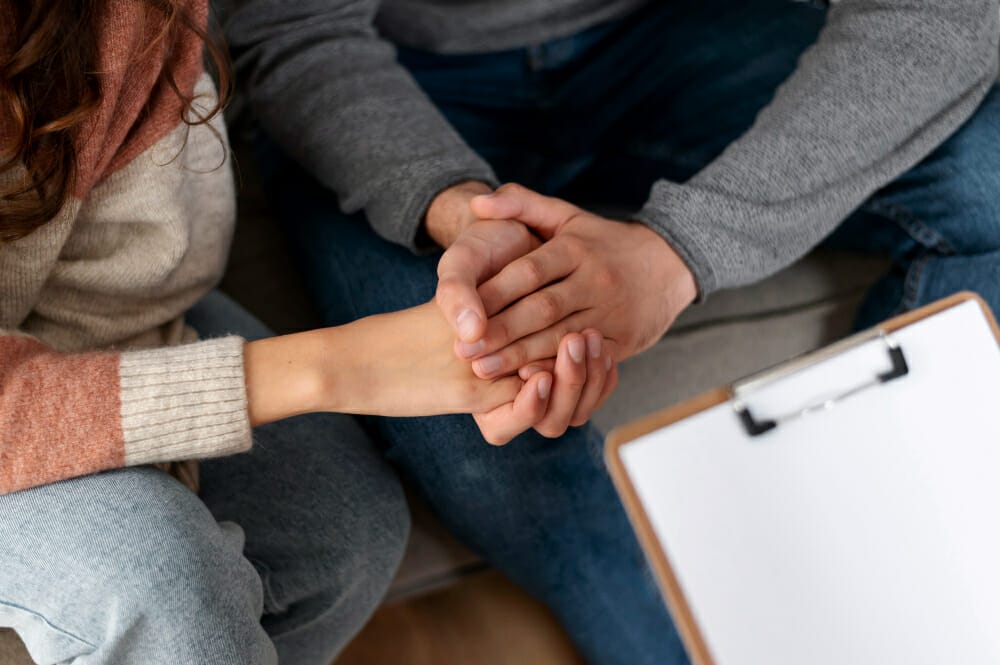
If you or a loved one is struggling with hoarding, it is critical to seek professional help and support. You do not have to face hoarding alone. Bio-One can support you throughout the hoarding cleanup process with compassion, discretion, and expertise. Our trained and certified technicians will assess the situation and develop a customized cleanup plan that meets your unique needs.
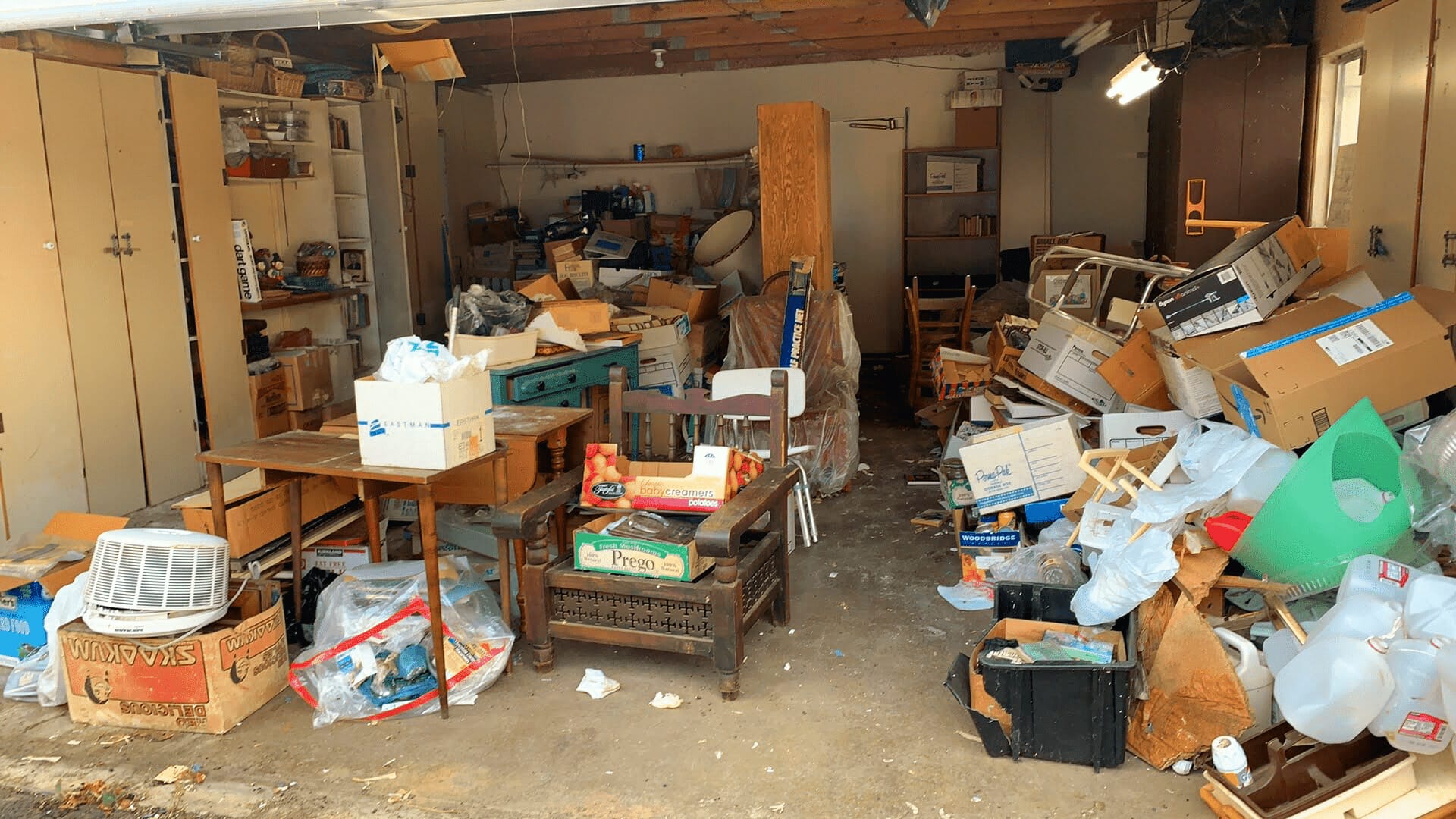
Individuals who hoard suffer from an intense need to acquire and keep things, which often results in cluttered and unsanitary living conditions. It is a tough subject to approach, but understanding the signs of hoarding behavior can be helpful in identifying hoarding tendencies in loved ones. In this blog post, we will discuss some of the common signs of hoarding behavior and what you can do to help.
One of the most significant signs of hoarding behavior is difficulty discarding items. Individuals who hoard may have trouble parting with even the most insignificant things, such as old newspapers and junk mail. They may keep everything that comes their way, making it difficult to navigate through their homes. They may even exhibit an intense emotional attachment to their possessions, making it even harder for them to let go.
Cluttered spaces are another telltale sign of hoarding behavior. Individuals who hoard tend to accumulate a great number of items, creating a disorganized and chaotic living space. It is often tough to navigate through these spaces, as the clutter can become a physical barrier and pose a health hazard.

Individuals who hoard may have difficulty maintaining a clean and sanitary living space, which can pose a health risk. They may also ignore basic home maintenance tasks, leading to structural damage and other hazards.
Emotional distress is another sign of hoarding behavior. Individuals who hoard may experience intense anxiety, depression, and shame over their possessions and living conditions. They may also become isolated from friends and family members, which can exacerbate the problem. If you notice that a loved one is experiencing emotional distress, it may be time to consider professional help.
Individuals who hoard may reject offers of help and be hesitant to seek professional assistance. Without intervention, the problem is likely to worsen over time. It is important for friends and family members to be patient but persistent in helping their loved one break through the cycle of hoarding behavior!
Hoarding disorder can be treated with a variety of therapies, including cognitive-behavioral therapy (CBT), supportive psychotherapy, and medication management. With treatment, individuals may learn to manage the urge to hoard and develop healthier patterns of behavior. Treatment is most successful when loved ones are involved in the process.
In conclusion, hoarding is a serious condition that can be challenging to address, and individuals who hoard may experience intense emotional distress and shame. Understanding the signs of hoarding behavior can be helpful in identifying hoarding tendencies in loved ones. If you notice that a loved one is exhibiting hoarding behavior, it may be time to consider professional help.
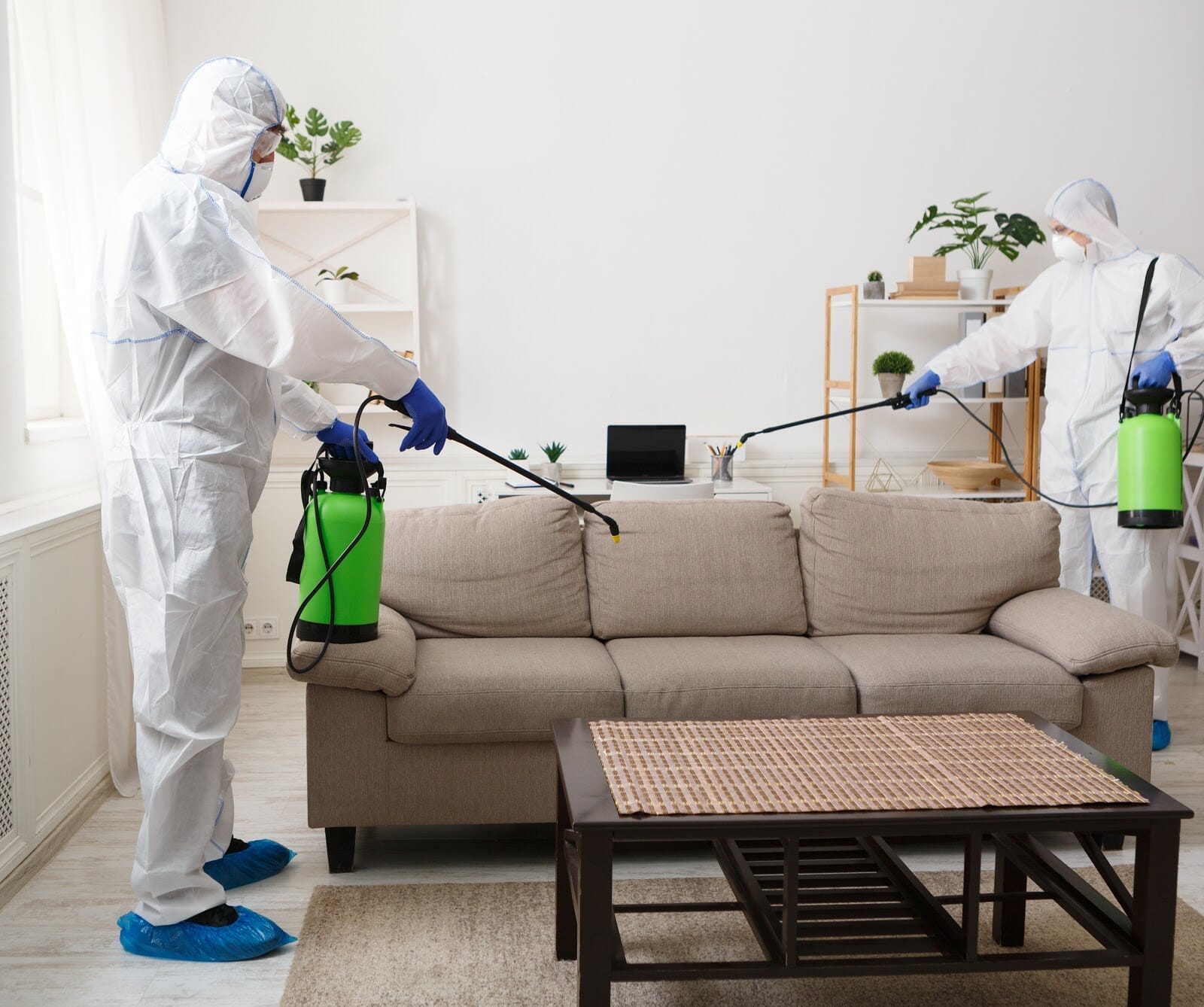
At Bio-One of Chula Vista, we offer compassionate and discreet hoarding cleanup services to help families and individuals navigate through these difficult situations. Contact us today for a free estimate for you or your loved one!
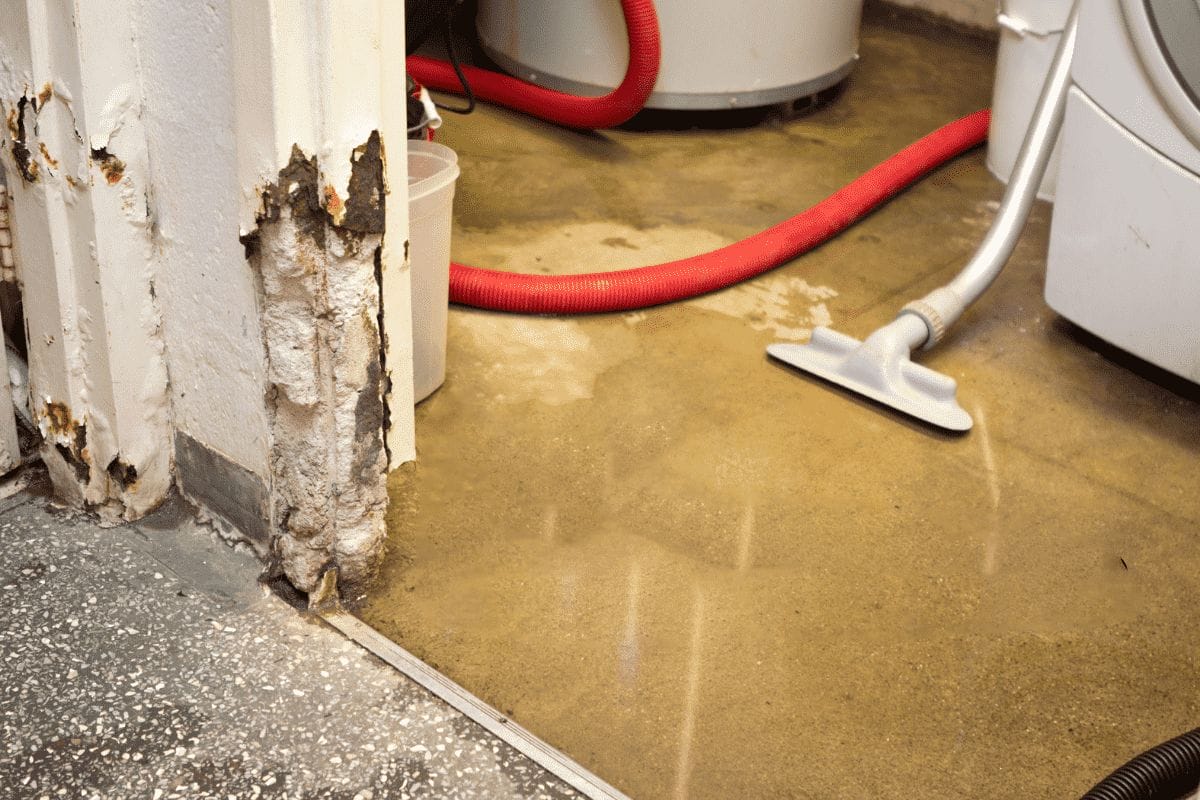
Mold, a type of fungus, is very common and it can grow anywhere, especially in damp and humid areas. It's part of the natural environment and we can't prevent it from growing. Indoors, however, the microscopic spores of mold can easily spread through the air and enter your home or office through doors, windows, and heating and cooling systems. While most types of mold are harmless, some can pose a serious risk to your health. In this blog post, we will discuss 5 facts you should know about mold in your home, and how it can affect your health and well-being.

Mold spores can trigger allergic reactions and asthma attacks in people who are sensitive to them. These reactions can cause symptoms such as sneezing, coughing, itchy eyes, and skin rashes. Long-term exposure to mold can also lead to more serious respiratory problems, such as chronic bronchitis and fungal infections.
Mold can grow in places that are not visible to the naked eye, such as inside walls, under floors, and behind cabinets. This makes it difficult to detect and eliminate mold growth in your home.
If you suspect you have mold in your home, here are some warning signs:
If left unchecked, mold can cause extensive damage to the structure of your home. Mold grows on many surfaces, to the point of rotting them. It can damage wood structures, deteriorate metal components, crumble drywall and insulation, and weaken foundations and ceilings.
Mold thrives in damp and humid environments, making your bathroom, basement, and kitchen prime spots for mold growth. If you have a leaking roof or plumbing issue, it can create the perfect breeding ground for mold. It's important to address any water damage or moisture issues in your home as soon as possible to further growth.
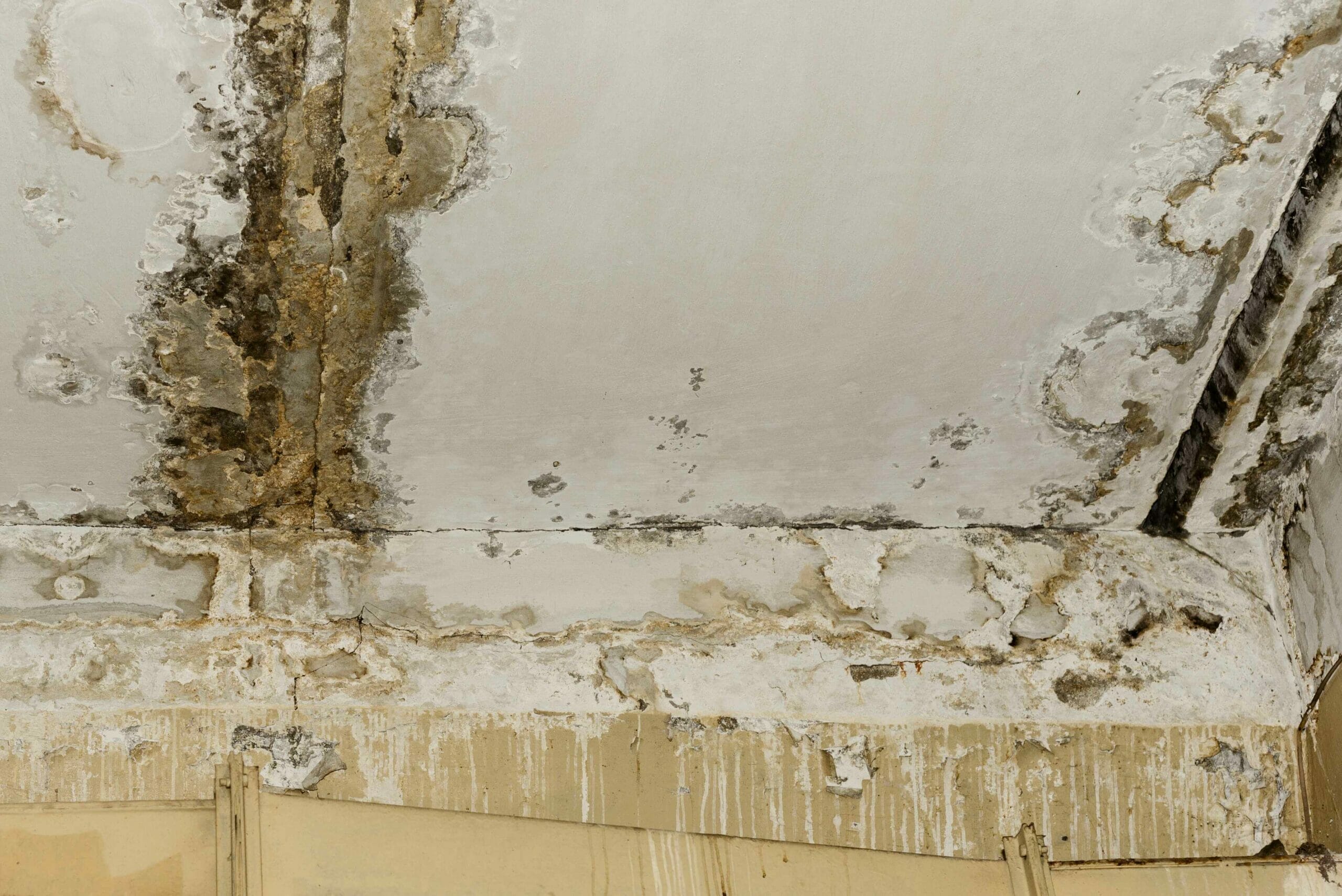
Stachybotrys chartarum, also known as black mold, is a particularly dangerous type of mold that can cause serious health problems. Black mold can grow in areas with high humidity and moisture, and it releases toxic spores that can cause respiratory problems as well as other severe health issues. If you suspect you have black mold in your home, the best thing you can do is call a professional to remediate the areas safely.
While it's tempting to try and remove mold yourself, it's important to call in a professional mold remediation company to ensure proper removal. DIY mold removal can often make the problem worse, as it can release more spores into the air and damage your property. Professional mold remediation companies are trained to properly identify and safely remove mold, as well as to prevent future growth.
Mold is a serious issue that can pose a risk to your health and well-being. If you suspect you have mold in your home or office, it's important to take action as soon as possible. Professional mold remediation companies like ours are available 24/7 to help you with all of your mold and water damage problems. Contact us today for a consultation and to learn more about our services and how we can help you protect your health and property.